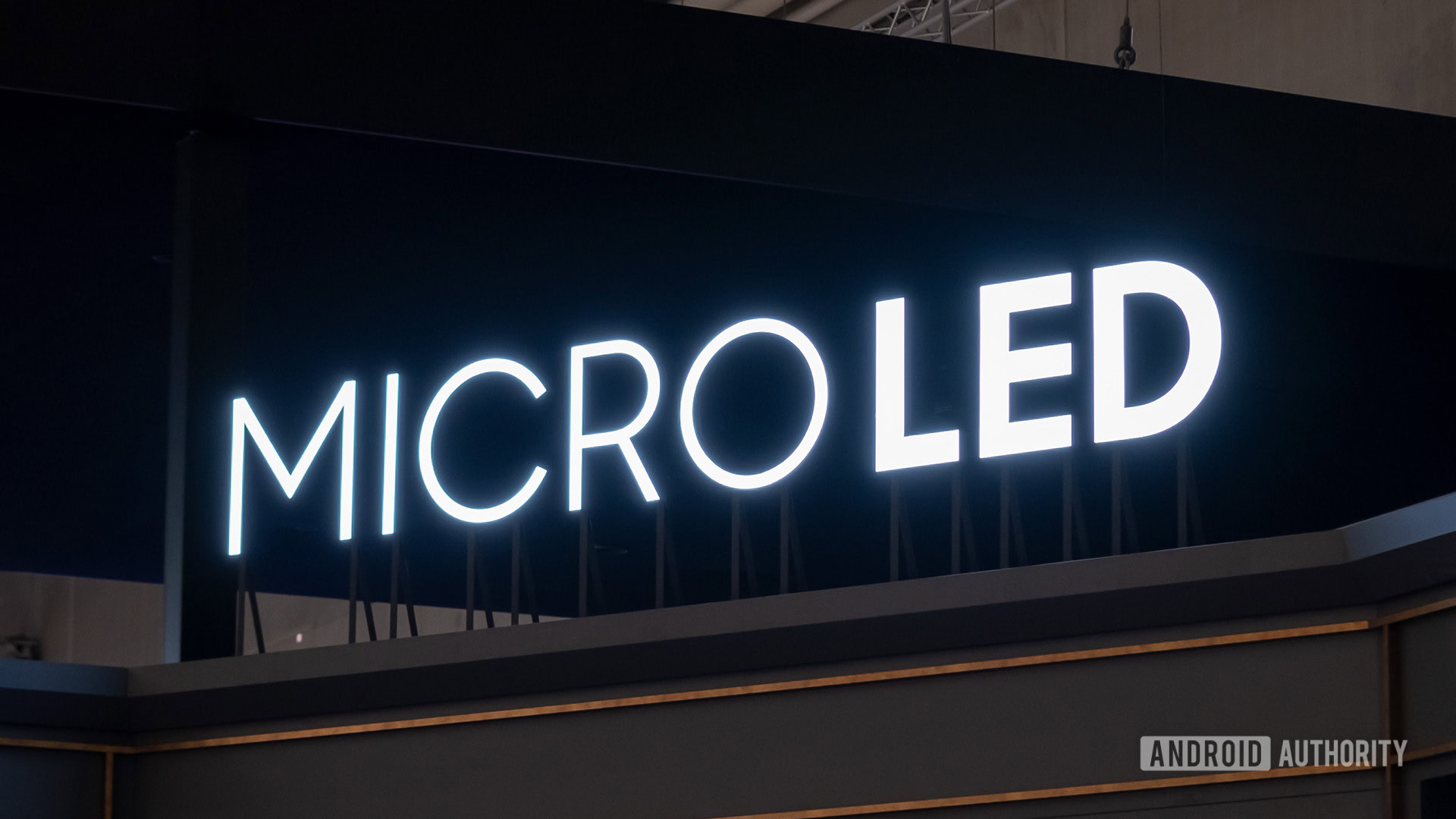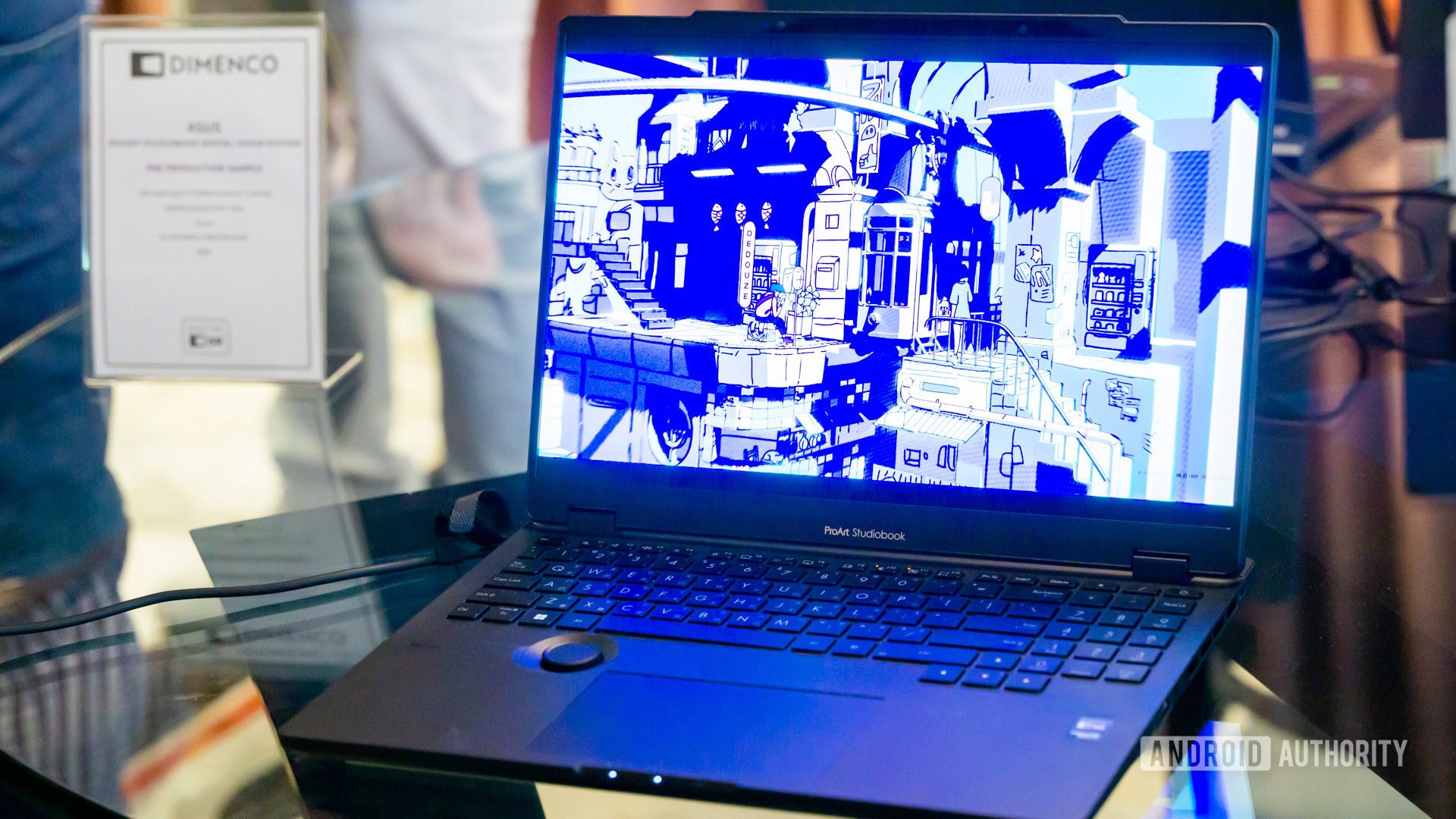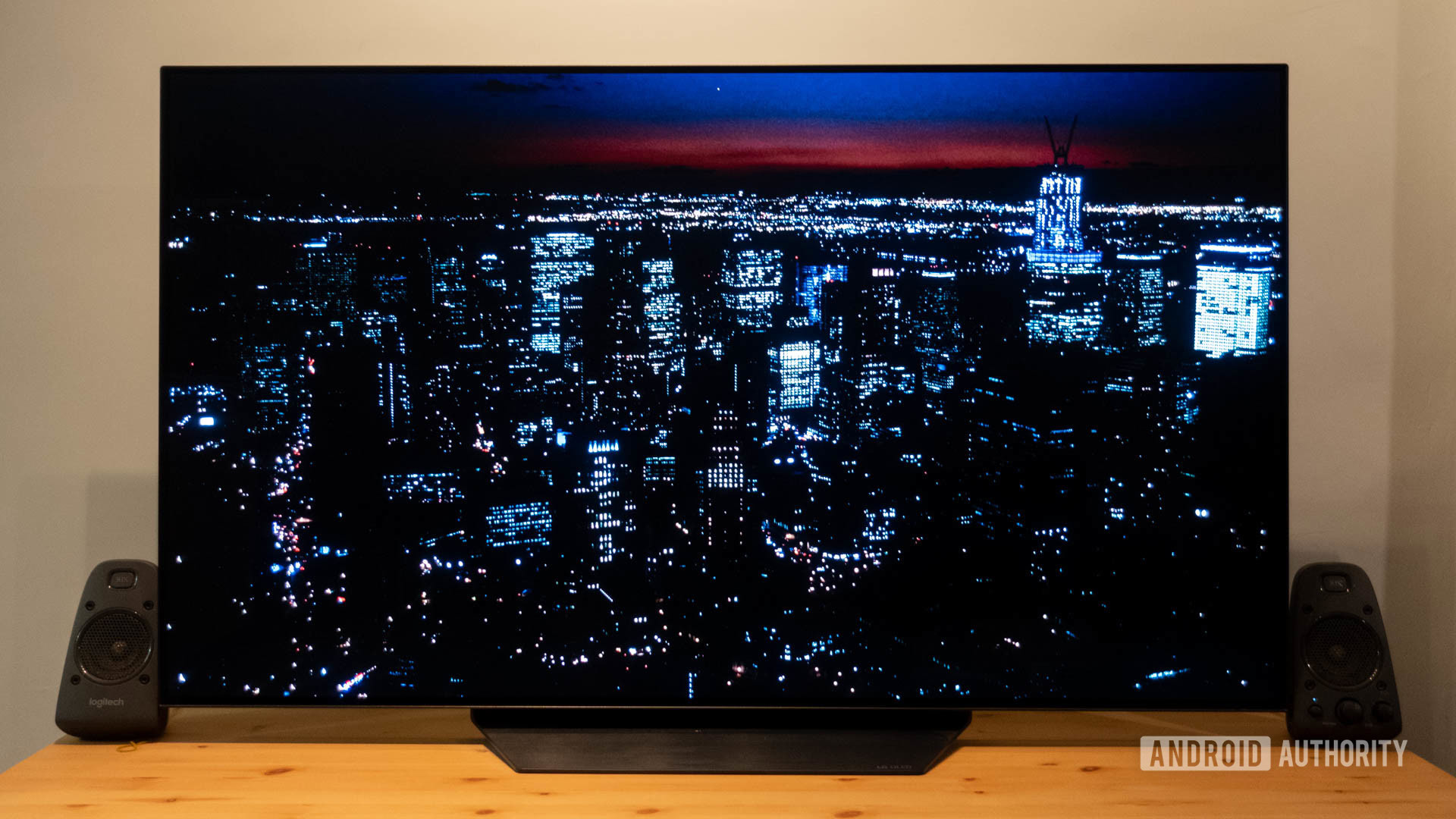Affiliate links on Android Authority may earn us a commission. Learn more.
MicroLED vs OLED: Which is the better display technology?

If you’re in the market for a new television or monitor, chances are that you’ve come across a few OLED displays. The technology has become relatively affordable and even become a staple feature on cheap phones. But the onward march of technology means there’s always something new and better on the horizon. Case in point: we’re on the cusp of microLED displays that all but eliminate OLED’s downsides. While you won’t find many microLED displays on the market yet, the tech has plenty to offer vs. OLED.
So in this post, let’s compare OLED and microLED — the two most cutting-edge display technologies — in terms of aspects like color, brightness, viewing angles, and reliability.
What is OLED?
OLED stands for Organic Light Emitting Diode, signaling the presence of carbon-based organic compounds. Put simply, these organic compounds emit light when connected to a power source. Each pixel in an OLED display is its own light source, meaning we can individually control their brightness and color. This kind of fine-tuning is not possible with traditional LCDs as they use a handful of large LED backlights instead.
That said, organic materials do come with some drawbacks too. Durability is a major concern as these compounds tend to get dimmer over time. Prolonged static content will also cause certain colored sub-pixels to wear out more than others, leading to screen burn-in or image retention. And even though OLED manufacturers like LG Display and Samsung have done a great job at preventing burn-in recently, it’s still potentially problematic if you’re a heavy user.
What is microLED?
MicroLED (not to be confused with Mini LED) is a newer display technology that also uses millions of small microscopic light sources. Since each pixel emits its own light independently, the resulting display’s characteristics are very similar to OLED. Best of all, the technology doesn’t rely on organic materials so it’s far more durable and can reach higher brightness levels without the fear of degradation.
However, MicroLED displays haven’t become nearly as affordable. LG, Samsung, and a handful of other brands do have a few larger models on sale, but more on that in a later section. We’re still years away from seeing a smartphone-sized microLED display.
No, Micro-OLED is a miniaturized version of OLED that’s already in use in consumer devices like the Apple Vision Pro. MicroLED, on the other hand, is a next-gen display technology that’s expected to replace OLED someday.
MicroLED vs OLED: Which is the better display tech?

With pixel-level control, both OLED and microLED offer excellent black levels as they can simply turn off certain parts of the screen. But let’s also discuss other aspects like brightness, color, viewing angles, and gaming individually
Brightness and color
Large OLED displays like the ones used in televisions and monitors have always struggled to get very bright. This is because higher brightness levels demand more power, which then gets converted into heat. Over time, this heat can cause the organic materials to degrade and get dimmer. Brands like LG and Sony automatically limit the maximum brightness in bright scenes and don’t push their panels too far. This is why some alternative display technologies like mini-LED have taken the brightness lead in recent years.
Since microLED displays don’t have an organic component, they can be pushed to higher brightness levels than OLED. We haven’t seen any microLED displays designed for home use yet, but we’ve heard some manufacturers quote brightness figures as high as 5,000 nits. That’s more than double what you’d get from even the best OLED TVs on the market today.
Viewing angles
OLED displays offer some of the best viewing angles on the market, with very little color shift or brightness loss as you move from side to side. However, that doesn’t necessarily mean they’re ideal. Samsung’s Quantum Dot OLED panels, for instance, offer better viewing angles than LG’s conventional OLED displays. This is because the Quantum Dot layer helps spread the light equally in all directions.
MicroLED has a similar advantage in that it relies on three subpixels to output bright red, green, and blue colors. It’s unfortunately too early to call a victory for microLED, but it should at least match the viewing angles of conventional OLED displays.
Color gamut

The film industry has been pushing for the adoption of wider color gamuts, especially the Rec. 2020 standard, for a few years now. However, most displays have lacked the ability to reach full 100% coverage of this vast color space. Samsung’s latest QD-OLED panels have come close with up to 90% coverage, but conventional OLED displays still hover around the 75% mark.
MicroLED displays will likely outperform traditional OLED panels, achieving approximately 90% of the Rec. 2020 color space. Manufacturers will have to experiment with different types of inorganic materials to find one that can emit pure and saturated colors. As of a few years ago, researchers used perovskite (a calcium titanium oxide mineral) and quantum dots to achieve 95% coverage of Rec. 2020. However, it remains to be seen if the first consumer microLED displays will match this impressive benchmark.
Reliability
OLED has come a long way since its early days in terms of durability. Early OLED smartphones, for example, showed clear signs of burn-in within a matter of months. These days, however, you’d have to continuously play hours of static content for months to end up with any noticeable burn-in. This is still a drawback, though, and makes OLED a poor choice for productivity use cases where you might have static elements like browser tabs or search bars.
MicroLED takes home a big win in this department as it doesn’t suffer from permanent image retention or burn-in. However, we have yet to see any commercial MicroLED releases so only time will tell how much better it performs vs. OLED in this regard.
MicroLED vs. OLED: Price and which one should you buy?

You can buy an OLED TV or monitor for less than $1,000 these days. Quantum dot OLED TVs sell for a bit more, but you’ll still only pay around $2,000 for a 65-inch panel. That’s a steep discount compared to 2015 when LG commanded $3,500 for its 55-inch 1080p OLED TV.
As for microLED, Samsung and LG offer modular installations aimed at businesses but those cost hundreds of thousands of dollars. We’ve also seen Samsung list its 110-inch TV for an eye-watering $149,999 on Best Buy.
A MicroLED display will set you back at least $100,000.
I caught a demo of Samsung’s microLED display at the company’s flagship store in the Dubai Mall and it definitely looked brilliant. That said, I’m not in a rush to replace my OLED TV. You still get exceptional black levels, viewing angles, and color gamut coverage with OLED, after all. Better yet, you get to benefit from the decade-long R&D that LG and Samsung Display have poured into making modern OLED panels as reliable as possible. So for anyone on the fence, I’d recommend buying an OLED display today rather than waiting for microLED tech to mature. The latter may very well be a decade-long wait.
FAQs
OLED screens can suffer from burn-in because of their organic nature. However, microLED’s inorganic nature means it’s unaffected by continuous exposure to static content.
Mini-LED is an alternative backlighting technology used to improve certain aspects of traditional LCD screens. MicroLED displays, on the other hand, use millions of individual light sources to create a self-emissive display with no backlight or liquid crystal layer.
Yes, microLED screens have pixel-level control so they can offer true black levels like OLED displays.
OLED stands for Organic LED, which means each LED or pixel is made up of carbon-based organic compounds.